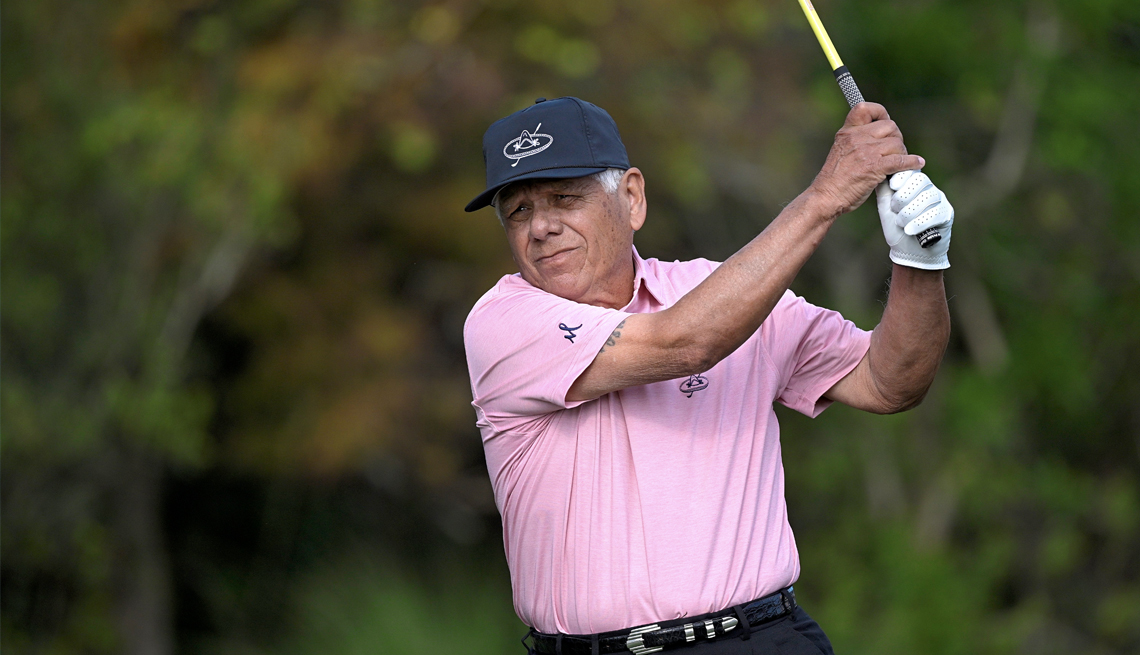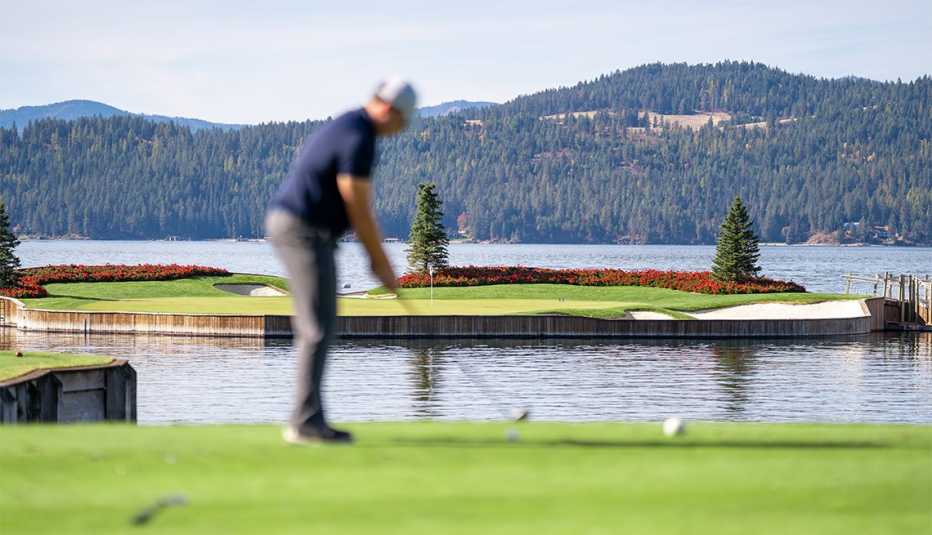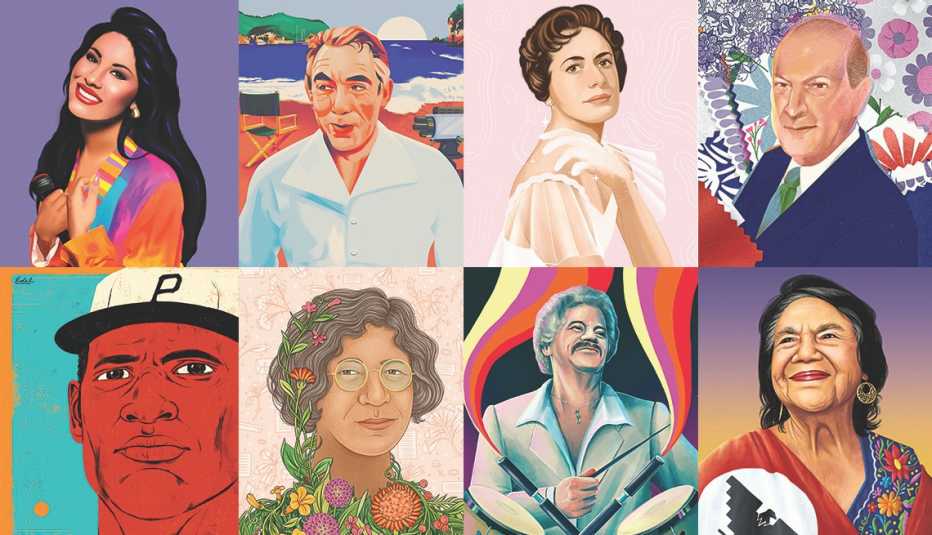Did you feel welcome on the PGA Tour?
I felt like a stranger. I didn’t have the pedigree. Those guys played high school and college golf. It was like a reunion for them. I went straight from my job on the driving range to the pro tour. They didn’t know me. I beat [Jack] Nicklaus in the 1971 U.S. Open playoff. But I still felt as if I didn’t belong. The next week, [when I was] playing in a pro-am, [the late golfer Bob] Goalby hugged me. “Man, we were really proud of you beating Nicklaus!” he said. I felt, for the first time, that I belonged.
Who was your fiercest competition?
Gary Player. At 5 feet 7, he was a killer. You didn’t want any part of him. He stood toe to toe with Arnold Palmer and Nicklaus.
You quickly were embraced as one of the sport’s most popular ambassadors.
When I got out of the Marine Corps, I worked at a driving range and a golf course. Public relations was important to me — I wanted to make people happy. When I went on tour, I felt like I owed fans something. They pay to watch you. The only way to show appreciation is to have a little dialogue with them.
Fifty years ago, you won the British Open. What do you remember about that?
I was defending champion, so I enjoyed myself. We had six couples and we rented a castle. We had a ball. We bet on me to win with the British bookmakers. I opened at 14–1 odds. I didn’t play real well in the first round, so the odds went up. We bet again. After I won, we had a party at the castle. I played good and bad that week. But I chipped in four times.
See more Health & Wellness offers >
You knew Jack Nicklaus and Tiger Woods. Who was the better golfer in his prime?
I don’t think Tiger could’ve handled Jack [if both were using] today’s equipment. Both are extremely talented golfers — very dedicated. Jack was a lot stronger than Tiger — he would have hit the ball so much farther than Tiger. In his day, Jack could hit the ball more than 300 yards with the old equipment. Today, he would have been chipping back on the par 4s.
What can we do to encourage more minority participation in golf?
I started on the PGA Tour in 1967, and we had almost two dozen Hispanics and Blacks. It’s not going the way we would like it. Golf is extremely expensive. We have to find a way to make it affordable for young people. Price is never going to bother the white-collar guy. The PGA Tour and USGA have junior programs for kids to learn how to play, but the problem is the cost — even on public courses. When I started caddying in ’48, you could play a public course for $1.50.
How did golf treat your body?
I got hit by lightning in 1975. I lost discs in my back, ruptured ligaments in a thumb. I have a steel plate in my throat because I ruptured six discs in my neck. I have two steel rollers in my back. You live with pain. Regardless of how I feel, I don’t have to go too far to find somebody that is a helluva lot worse off.
At 82, how do you stay physically active?
Suppleness is number one. You have to be able to bend down and touch your toes. You have to be able to put your socks on. You have to stretch. Ride a bike a little bit. Lift light dumbbells. I don’t have a La-Z-Boy in the house. Why? Because I would sit in the damn thing and never move.
What keeps you mentally sharp?
I stay away from people! If you are in a crowd, there is a tremendous amount of negativism. Many of them don’t have a clue as to what they’re talking about. I talk a lot, too, but I absorb what people are saying. Some people just make up stuff so they will sound better.
—Interview by Jon Saraceno







































































